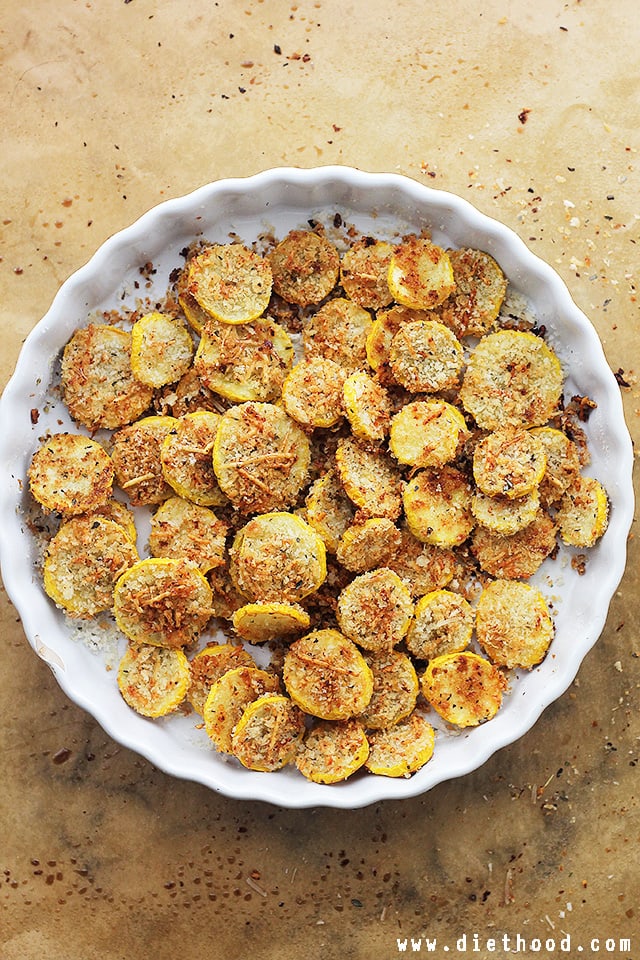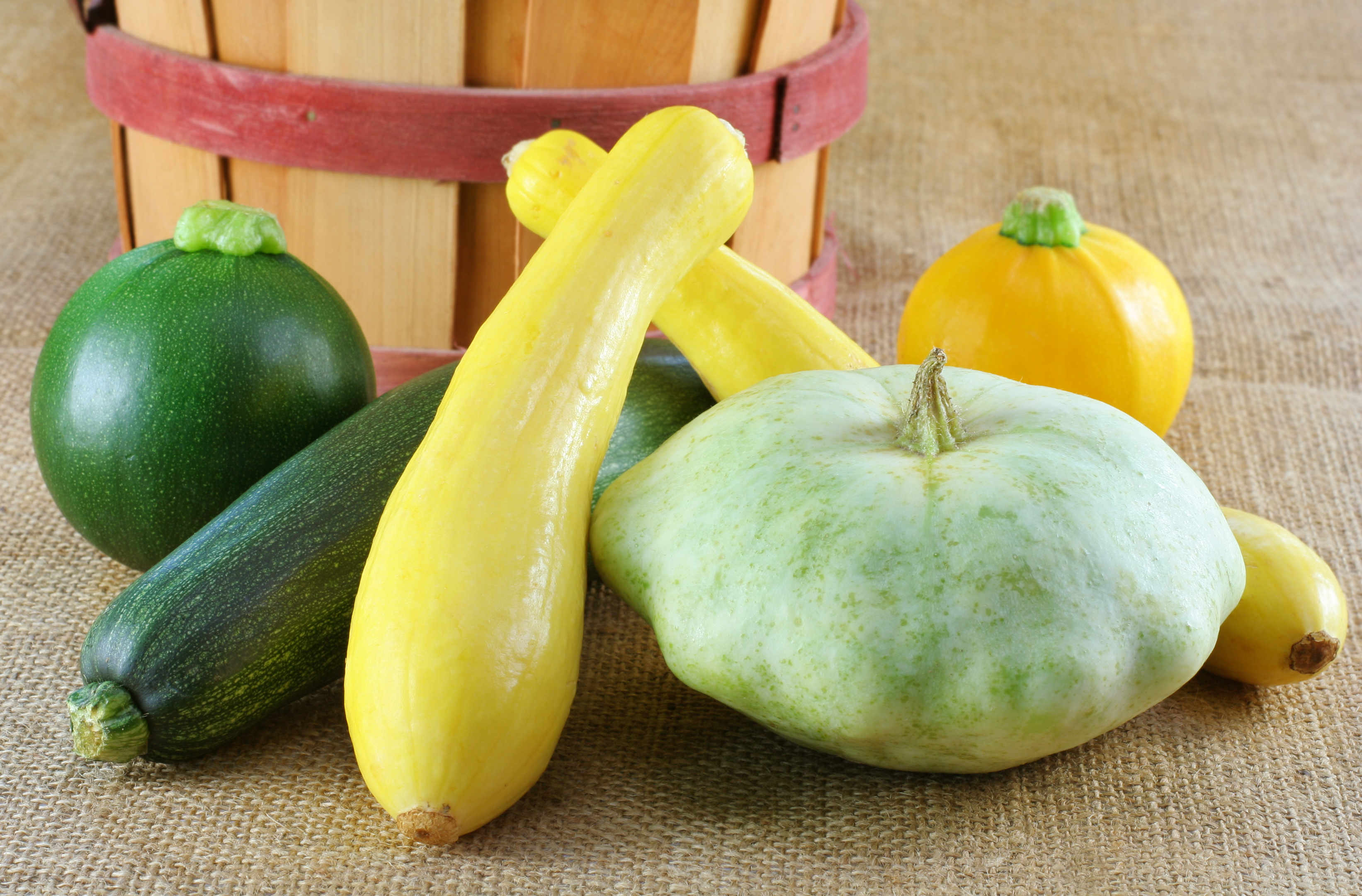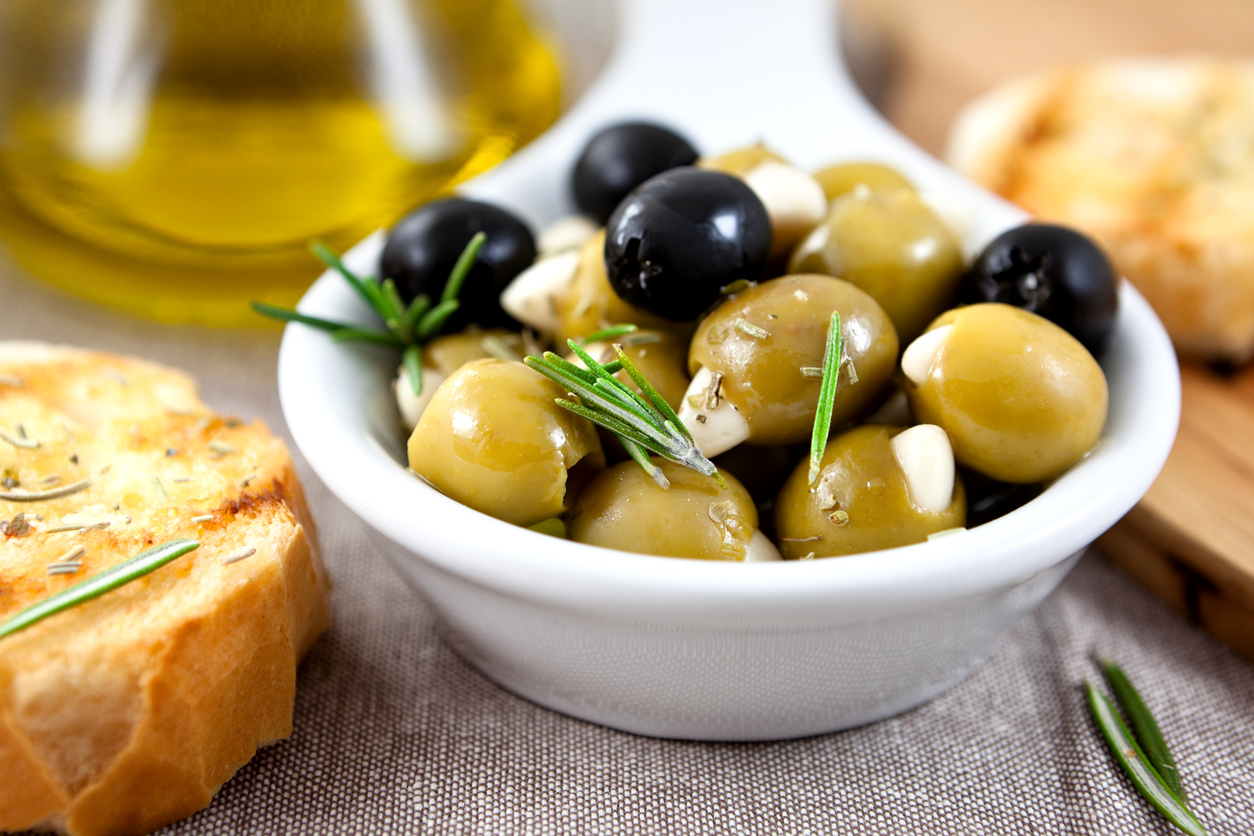Squash! As part of fruits and veggies month, Thrive! is featuring a few favorite fruits and veggies. A whopping 90 percent of adults and children don’t get enough fruits and veggies. So, add this one to your shopping list this week!
Summer squash is known as Cucurbita by its scientific name. It’s s a term that some scientists can’t agree on because of variations of its genus. There are between 10 and 30 species, and they’re probably all delicious enough to make it onto your menu.
HISTORY
Squash were cultivated as long as 10,000 years ago, and serve as an important vegetable in Native American culture and cuisine. They are one of the three main indigenous crops grown, along with maize and beans. This veggie has become the subject and inspiration for a number of significant standard pieces of art and decor throughout history among native cultures. For settlers and colonialists, it became increasingly popular in the 1600s and stayed popular ever since, due in part to its heartiness and growability.
FUN FACTS
- Some cultures make dishes from the entire plant, not just the vegetable itself. Almost the entire plant is edible.
- It is possible that it was cultivated as far back as 10,000 years ago in the Eastern U.S., Central Mexico, and Peru.
- The word “squash” comes from the word, “askutasquash,” which is a Narragansett (Native American) word translated as “eaten raw or uncooked.”
SEASON
Get your best summer squash during June, July and August. Fall and winter bring different types of squash that have been fully grown and ripened before they were picked.
ATTRIBUTES
There are plenty of varieties to choose from, which means they differ in everything from size to color to shape. However, they are characterized by their long shape, their edible and thin skin, and for their stems.
WHAT YOU SHOULD LOOK FOR
Summer squash is generally hard though mushes like most vegetables. The vegetable has a variety of different skin colors from yellows and greens of all varieties to mixes of the two. The fleshy, delicious part of the summer squash comes in a number of different colors depending on the variety you pick out, and your summer squash can come in every color from off-white to green to yellow and orange.
NUTRITION
Squash is healthy for you. It’s got vitamin A, vitamin C, potassium, and fiber. Beyond that, a single serving of around one to two cups has about 35 calories, which makes this veggie a healthy, filling, nutritious snack or meal.
STORAGE
Like most vegetables, this one should be refrigerated in containers or Ziploc-like bags when they are cut until they go bad. If they are not cut, they can generally be left out in room temperature until they go bad. Dishes containing summer squash should be refrigerated, keeping in mind the refrigeration safety standards for the other foods present. When they go bad, they’ll be mushy, changing color on the inside, and potentially smelly.
HOW TO ENJOY
Summer squash can be eaten raw, although it is generally cooked and then eaten if it are not spiralized into noodle-form.
The veggie looks great as a centerpiece. And there are a number of recipes for soups and bisques. It is becoming increasingly popular as an alternative for pasta noodles thanks to the spiralizer. If you’re looking for more involved recipes, try this buttery, succulent recipe for sauteed yellow summer squash, and this recipe for garlic parmesan summer squash chips.




